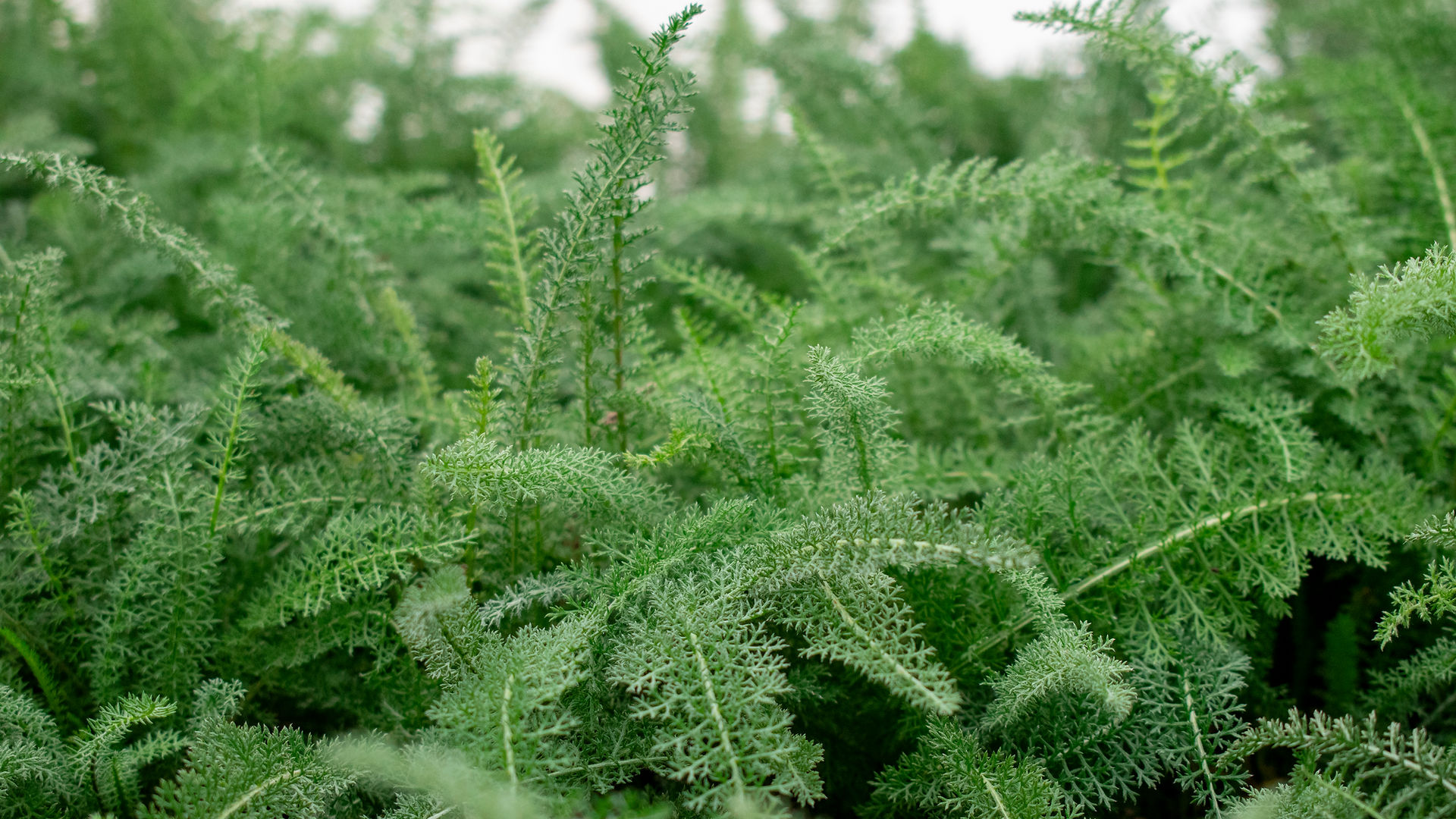
We restore endangered ecosystems.
Seed Cultivation
The Fundamentals
Restoration requires plants (duh), but one of the greatest barriers to restoration globally is the widespread shortage of seeds. Without increasing the supply of native seeds, restoring endangered ecosystems just isn't feasible.
The Phoenix Conservancy is working to increase the supply of native seeds for restoration, particularly in the Palouse Prairie and Great Plains. We're collecting seeds from a variety of native plants, growing them out in our greenhouse facilities, and planting the seedlings in Pocket Prairies, Micro-Prairies, and seed gardens to create productive, accessible sources of native seeds for future restoration activities.
Want native seeds yourself? We're working on making select Palouse Prairie seeds available soon. In the mean time, if you live in the Palouse, we offer Pocket Prairie and Micro-Prairie restoration services for homeowners and businesses.

Prairie Junegrass seedlings (Koeleria macrantha) growing in our greenhouse.

Agricultural land has replaced much of the native prairie in the Western U.S.
Why?
There is a substantial shortage of native plants available for restoration globally, particularly in the western United States. In order to meet the widespread demand for restoration, we need more seeds.
Restoration with seedlings (baby plants) simply isn't feasible at large scales because of how time intensive and costly the process is. Seeding large areas is much cheaper and efficient, but the seeds have to come from somewhere. There isn't enough native prairie left to collect 100% of seeds from the wild. That's why we're cultivating native plants for seed gardens in the Great Plains and Pocket and Micro-Prairies in the Palouse Prairie.
The Process
Building a foundation for restoration
01
Collection
We collect seeds from a wide variety of native species in the Palouse Prairie and northern Great Plains. We then transport those seeds to our greenhouse facilities for processing.
03
Cultivation
Some of the seed we collect is used in seed mixes for direct restoration, but many seeds are planted in our greenhouse to be grown into seedlings. The cultivation process takes one to two years, depending on the species.
02
Cleaning
Most seeds are ready to be planted immediately after collection. We "clean" seeds by removing any unwanted material, like bits of flowers, leaves, and dirt.
04
Planting
Once the seedlings are ready to be planted in the wild, we transport them to their appropriate ecosystem for planting. For the Palouse Prairie, this means they'll be planted in our Pocket and Micro-Prairies or one of our public restoration sites. For the Great Plains, we plant them in seed gardens for our partners at Ft. Pierre National Grassland.

A Phoenix Conservancy crew member collects seed from a Tall-Bread Scurf-Pea (Pediomelum cuspidatum) in the Great Plains.
Our Goals
-
Cultivate scores of plant species from seeds in our Palouse Prairie and Great Plains projects.
-
Create new sources of native seeds by planting our cultivated plants in Pocket Prairies and Micro-Prairies in the Palouse and seed gardens in the Great Plains.
-
Substantially increase the available supply of native seeds for restoration in the Palouse Prairie and northern Great Plains.
-
Expand program to include cultivation for direct sale to individual customers in the Palouse Prairie and northern Great Plains.
-
Expand program to include cultivation for other endangered ecosystems throughout the United States.

Wild Licorice seedlings (Glycyrrhiza lepidota) ready for planting in a native seed garden in Ft. Pierre National Grassland in the Great Plains.

How To Help
Donations have been vital to launching this project, so please consider making a tax-deductible contribution to support our efforts. You can also visit our Wishlist to provide allocated funding for specific items we need, or you can purchase merchandise from our store.
If you live in the Palouse, consider getting one of our Pocket Prairies or Micro-Prairies. We're also bringing Palouse Prairie and Great Plains native seeds to market soon, so subscribe to our newsletter (below) and follow us on social media to find out when you can buy some seeds for yourself!
Our progress on the Seed Cultivation Project is entirely due to the generous financial support of the Palouse Prairie Foundation, the White Pine Chapter of the Idaho Native Plant Society, the Washington Native Plant Society, the Rufford Foundation, the Stockel Family Foundation, the Brabson Family Foundation, the National Forest Foundation, the U.S. Forest Service, and numerous individual donors. To everyone who has contributed to our efforts, thank you!
Become a Seed Donor
Want to donate your own native Palouse Prairie seeds to support our restoration efforts?
Please share some more details in the form on the right.







